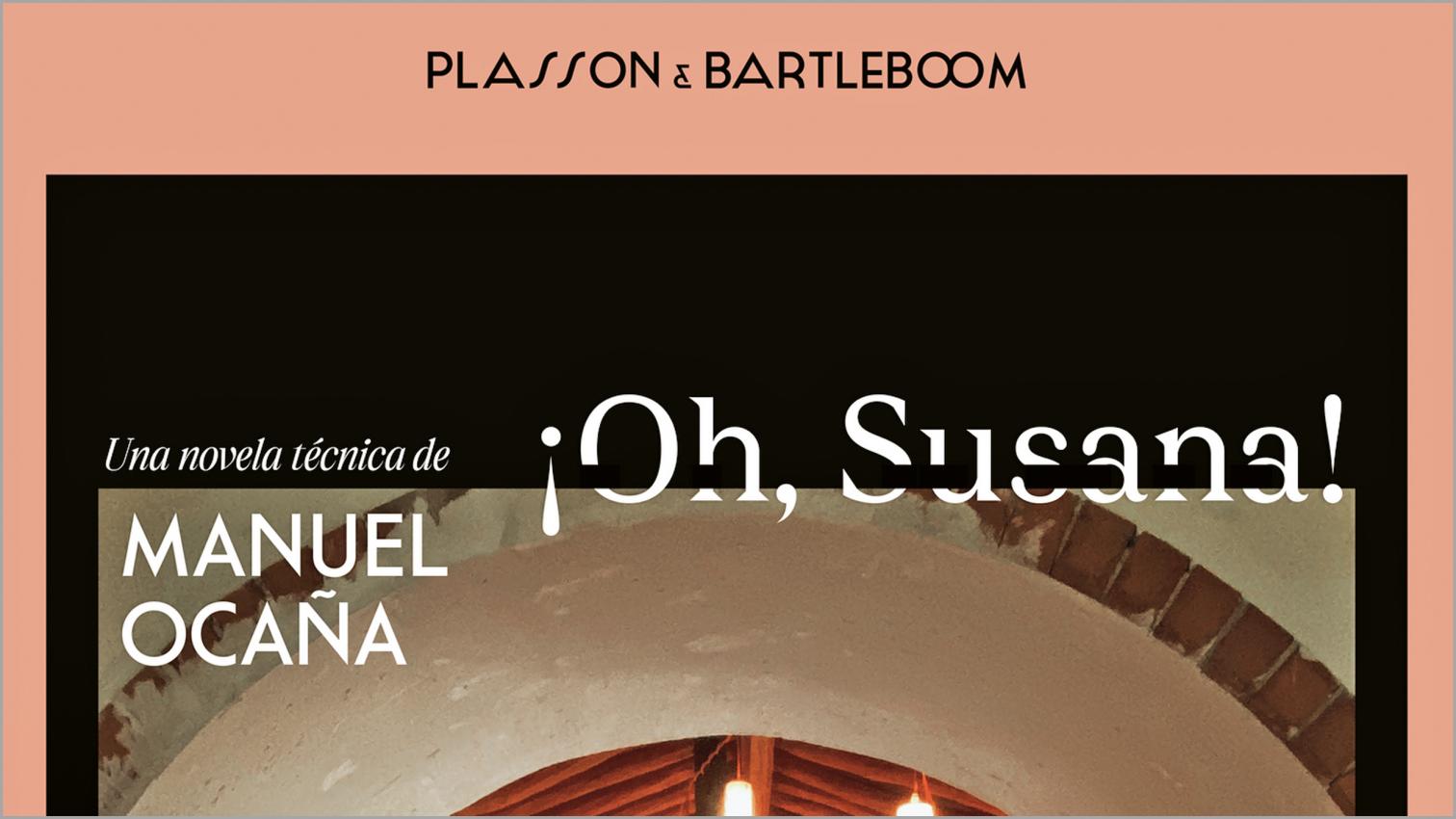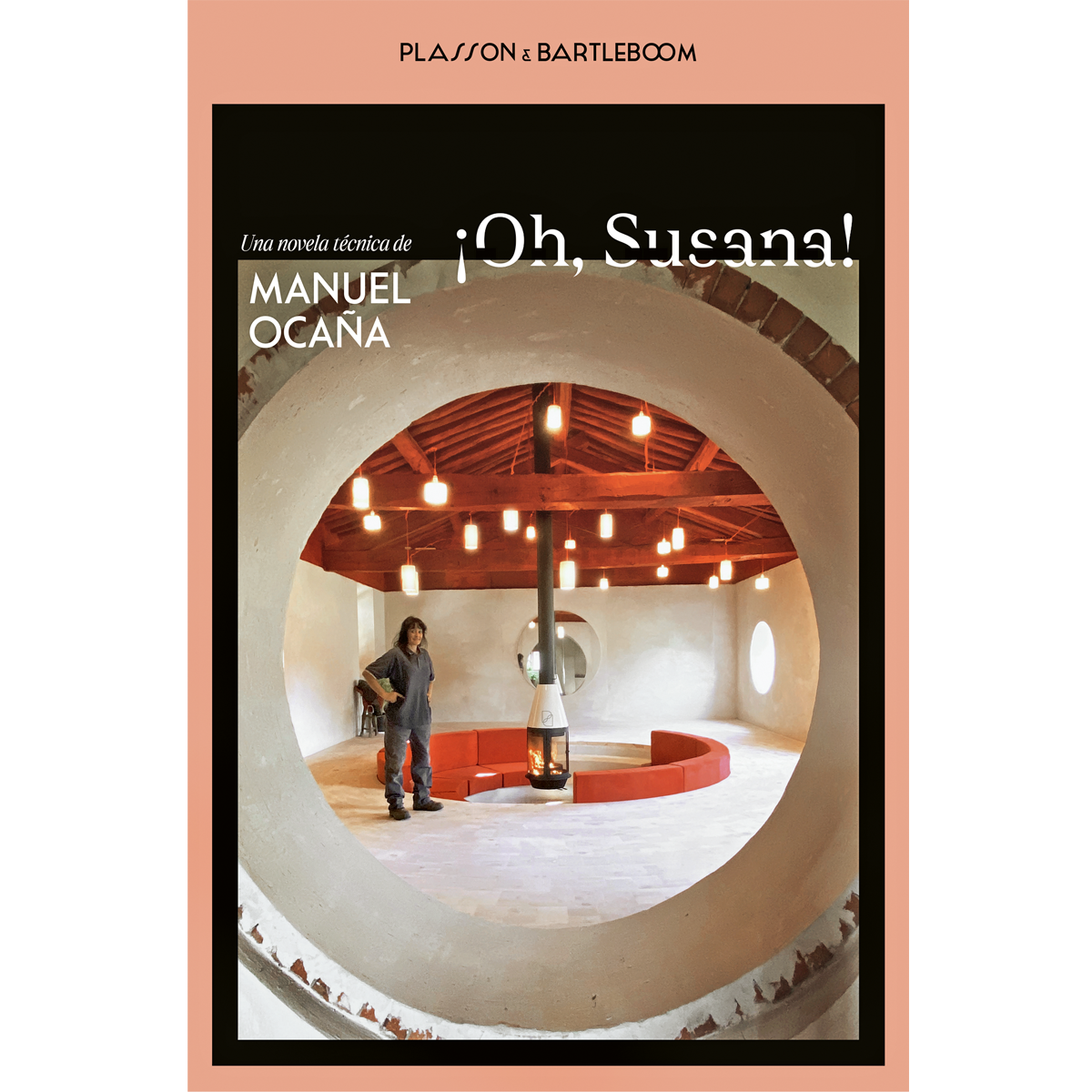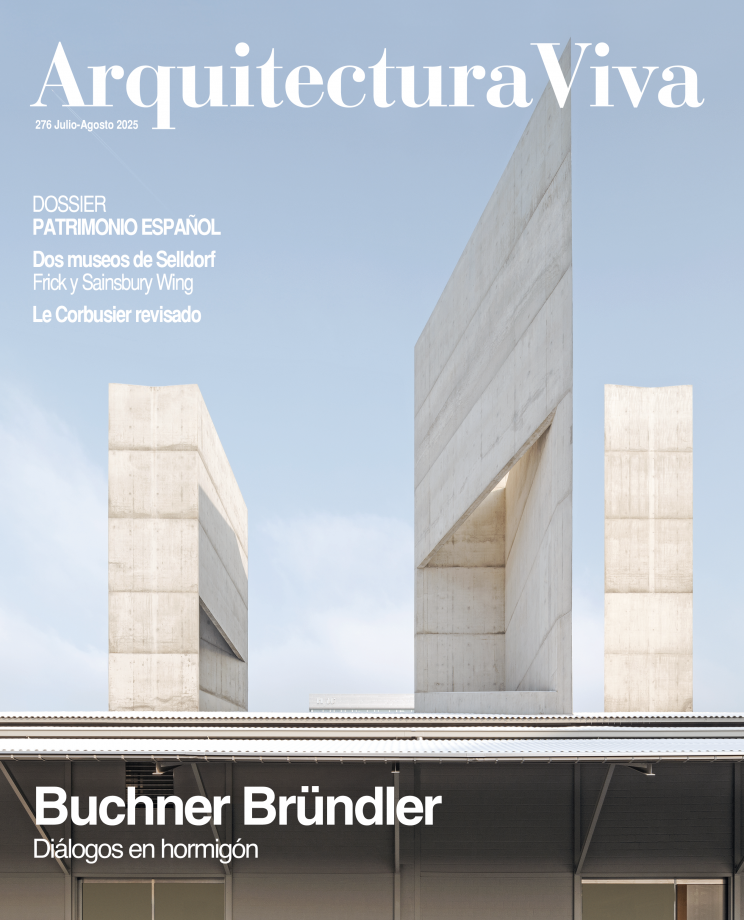
What happens when an architect sets out to design without a preliminary scheme, and speaks with the builder only via WhatsApp? Manuel Ocaña transforms what could have been a minor anecdote – turning a pigsty into a family room – into a deep, non-complacent reflection on architecture, the craft, and its limits.
The book is read like a personal blog, but also like a fragmented essay on how designing is the same as narrating, and how every technical decision is vital. Through references ranging from San Baudelio de Berlanga to CopenHill or from Marina Abramović to Lars von Trier, Ocaña builds a universe where there’s room for everything: intuition, memoir, contradiction, obsession, learning. Because in a small Salamancan town, not only is a space reconfigured with materials bought fifteen minutes away by car. There, up goes a whole other way of doing architecture.
Susana is the main character of the narrative. A caretaker who becomes a technician in building the space that Ocaña imagines, and which forces him to leave his academic post. So Susan becomes a builder, and the architect a narrator, an observer of the process which to some extent gets out of his control and thus may be more truthful.
The novel is a manual on tackling a project, but also a critique on the practice of architecture and a celebration of error, improvisation, and the different ways of observing and looking. For sometimes, self-imposed limits are just excuses for discovering other ways of doing things. And of telling about them.






